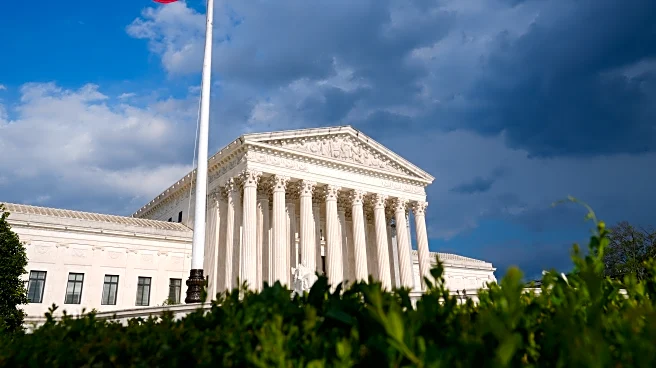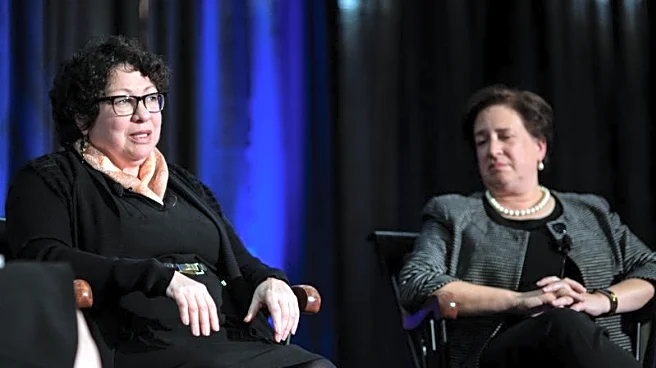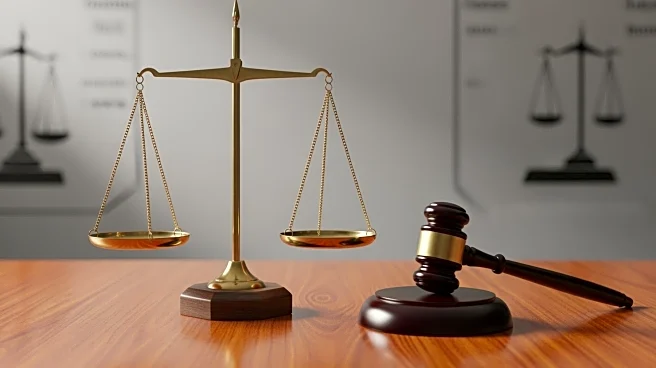What's Happening?
The Supreme Court has issued a unanimous decision in the case of Cunningham v. Cornell, which addresses excessive fee lawsuits under the Employee Retirement Income Security Act of 1974 (ERISA). This ruling is seen as a victory for plaintiffs, as it lowers
the standard for pleading a prohibited transaction claim under ERISA. Consequently, more claims may survive motions to dismiss, potentially leading to costly and time-consuming discovery processes for defendants, even if the claims are ultimately meritless. Justice Samuel Alito, concurring with the majority, expressed concerns about the practical consequences of the decision and urged lower courts to consider alternative safeguards proposed by the court. These include challenging standing, using Federal Rules of Civil Procedure 7 and 11, leveraging ERISA’s fee-shifting provision, and asking judges to limit discovery.
Why It's Important?
The Supreme Court's decision has significant implications for the plan sponsor community, as it may increase litigation costs and discovery burdens for defendants in ERISA class actions. The ruling could lead to more lawsuits surviving initial dismissal motions, thereby subjecting defendants to extensive discovery processes. This development is particularly relevant for plan sponsors who may face increased legal challenges and financial liabilities. The decision also highlights the need for defendants to explore new strategies to mitigate litigation risks, such as focusing on limiting discovery rather than avoiding it entirely. The court's endorsement of alternative safeguards may offer some relief, but their effectiveness remains largely untested.
What's Next?
Following the Supreme Court's decision, defendants in ERISA litigation may need to adjust their legal strategies to address the increased likelihood of claims surviving dismissal motions. This could involve a greater emphasis on limiting discovery and exploring phased approaches to litigation. Additionally, the court's endorsement of alternative safeguards may encourage defendants to challenge standing and utilize procedural rules more aggressively. However, the practical application of these strategies remains uncertain, and defendants may need to navigate complex legal landscapes to effectively manage litigation risks.
Beyond the Headlines
The Supreme Court's decision may have broader implications for the legal landscape surrounding ERISA litigation. It could lead to increased scrutiny of plan sponsors and fiduciaries, as plaintiffs may be more emboldened to pursue claims. The ruling also underscores the importance of judicial discretion in managing discovery processes, which could influence how courts handle similar cases in the future. Furthermore, the decision may prompt discussions about the balance between protecting plaintiffs' rights and minimizing litigation burdens on defendants.















